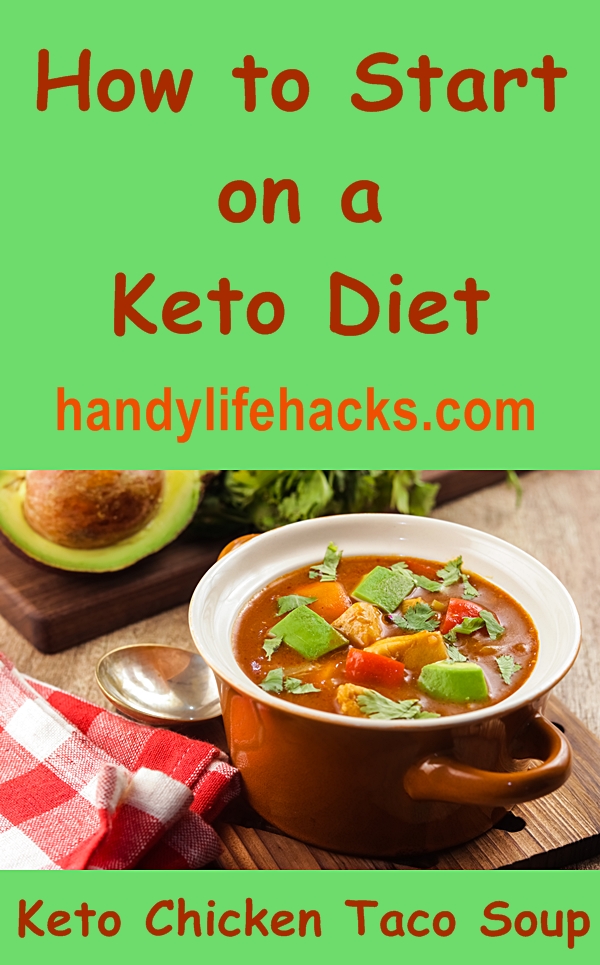
Starting on a keto diet can feel a bit overwhelming. Especially if you don’t know exactly what it is and how it works.
Once you know what to do, it’s actually a very simple diet with some amazing benefits. And it’s definitely not a deprivation diet. It’s a diet on which you can always feel full and satisfied and yet still lose weight!
A ketogenic diet is a high-fat, low-carb, and moderate protein diet that can help you to reach your weight-loss goals as effectively as you desire. Apart from weight loss, the keto diet may improve heart rate, lower blood pressure, and protect brain function.
The most efficient way of reaching the expected results from the keto diet is by learning the best methods of implementing it correctly, understanding the pros and cons of a keto diet, and knowing how it works.
7 Common Mistakes to Avoid When Starting a Keto Diet
1. Eating too many carbs
2. Eating too much protein
3. Not eating enough fats
4. Not drinking enough water
5. Not preparing a meal plan
6. Eating too much processed Keto food
7. Being impatient
Examples of Best Foods to Eat on a Keto Diet
-Low-carb vegetables such as asparagus, broccoli, kale, and lettuce
-Meat and poultry
-Fatty fish such as salmon and tuna
-Nuts and seeds
-Healthy oils such as avocado oil and coconut oil
-Eggs
-Avocados
-Plain Greek yogurt
-Berries
-Butter and cream
Examples of Foods to Avoid on a Keto Diet
Foods high in carbs should be limited or avoided altogether when you are on a keto diet. Some of the foods to avoid are:
-Beans and legumes
-Low-fat products
-Grains or starches
-Refined fats and oils like sunflower and canola oil
-Trans-fats such as margarine
-Artificial sweeteners
-Soy products
-Fruit juice and sodas
-Sweet alcoholic drinks like beer and wine
How to Successfully Start a Ketogenic Diet
1. Identify your primary goal:
The only way of successfully implementing the keto diet and getting the results you are expecting is by identifying your primary goal and working towards reaching it.
So, ask yourself these questions: Why am I on a keto diet? What do I intend to achieve by being on a keto diet? Is it weight loss, improved health, or muscle gain?
Identifying your primary goal will help you to take the appropriate steps and stick to the diet to reach your aim.
2. Calculate your daily calorie intake:
Calculating your daily calorie intake will help keep you on the right path and enable you to make necessary adjustments where needed. A keto diet is only successful when you know how many calories you need to eat in a day to reach your main goal.
You can take a personalized keto quiz here that will work out your exact requirements. You’ll find out exactly how many calories you need to reach your target weight. You’ll also learn how many grams of carbs, protein and fats you need each day:
Experts suggest that you aim for 70% fat, 10% carbs, and 20% protein from total daily calories to reach your keto goals.
Ensure you eat the right amount of keto-friendly foods so that you can see the expected results and avoid eating fewer or more than what is required.

3. Have a keto menu and stick to it:
The most efficient way of successfully implementing a keto diet is by having a keto diet meal plan and sticking to it.
Planning your keto menu daily or weekly helps you to save time, avoid foods that aren’t keto-friendly, and choose keto-friendly foods that will help you to achieve your keto goals.
Countless websites and apps have different keto menus that are both efficient and easy to follow. Some websites will help you to easily work out your own custom keto diet plan…
It is definitely easier to get started, if you follow a proven system where you can get everything worked out for you.
4. Prepare for the keto flu and cure it:
The keto flu is one of the common side effects to expect and prepare for when going on a keto diet. The keto-flu symptoms may appear a few days after starting the ketogenic diet. Noticing the symptoms before the flu worsens will help you to remedy it.
The symptoms may include irritability, nausea, stomach ache, headache, foggy brain, sleeplessness, and constipation.
Increasing your water intake, eating more fiber, prioritizing sleep, eating adequate fat, as well as increasing your sodium, potassium, and magnesium intake will help you to fight the keto-flu symptoms.
The best way of fighting the keto flu is by avoiding high-intensity exercise and doing light exercises.
The keto flu normally lasts a few days or occasionally up to a week or so. However it is possible to start the keto diet and not get the flu, if you take the precautions mentioned above.
Related Article: Custom Keto Diet Review



